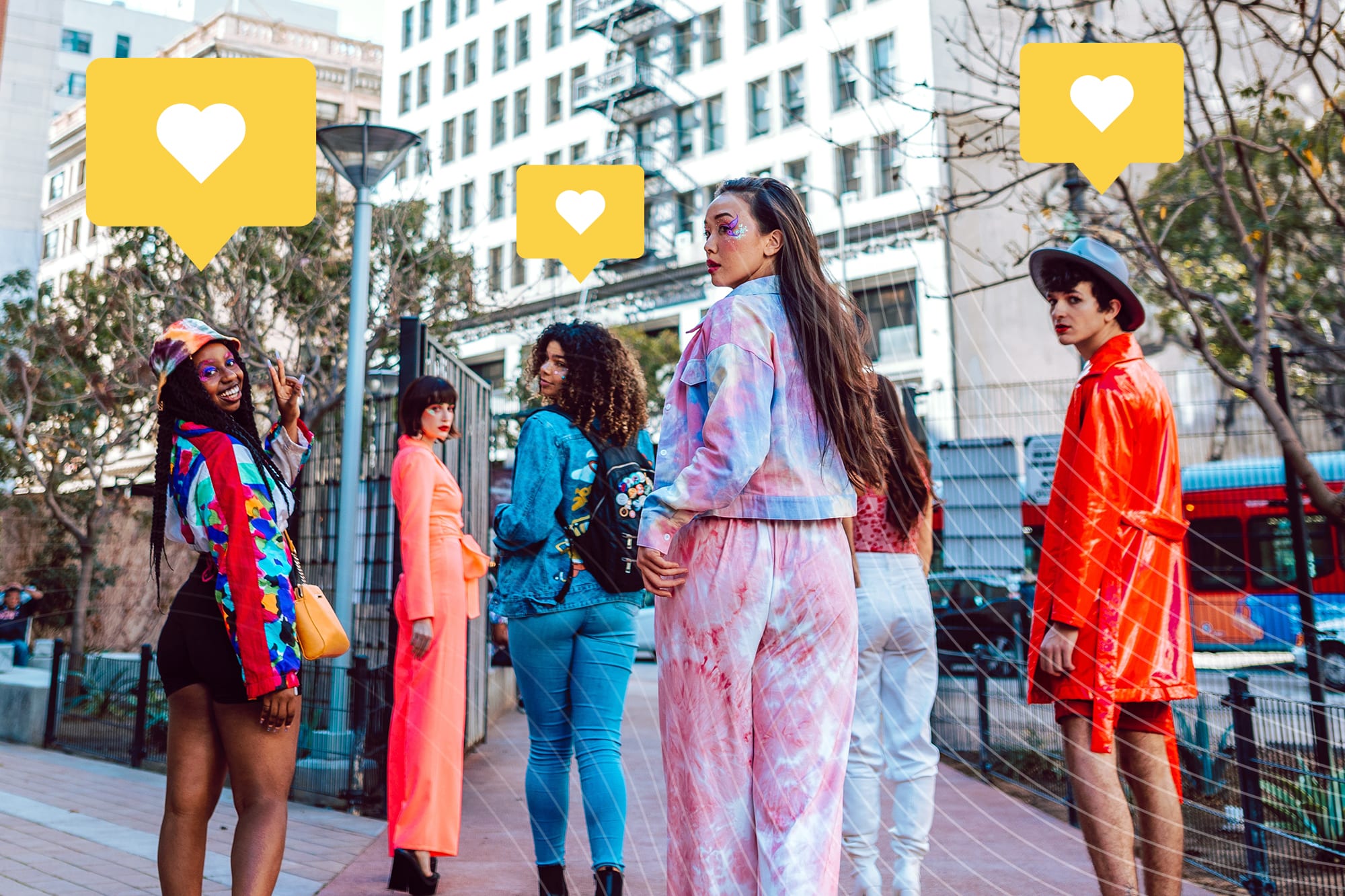How many times have you bought something specifically because a stylish coworker wore it or a friend recommended it?
Making purchase decisions can be tough. It’s a lot easier when you have the word of someone you like and trust to base your choice on.
This concept is the heart and soul of influencer marketing.

People who consume digital content often find new products to buy, whether they’re necessities or indulgences, because they hear about those products from someone else.
That “someone else” is typically an influencer. Brands can boost their reach and improve KPIs when they get mentions or endorsements from content creators with strong followings.
But in order to get the most from an influencer deal, you’ll want to make sure you choose the right person to work with.
Just finding someone popular to smile for the camera while holding one of your products isn’t enough to make the effort worth the cost. You’ll need to go beyond vetting influencers to make sure they’re accurately representing their popularity. Look beyond superficial metrics like follower counts. You’ll also want to make sure the influencers you choose make sense for your brand.
Considering “Fit”
Culture fit is a big talking point for hiring these days. Whether or not an influencer can do the job isn’t the only thing to think about. Will this person uphold your values, advocate for your company and help move your organization in the right direction?
It can also pay to think about fit when you consider whether to work with an influencer. Is this a person who makes sense for your brand? An influencer who has a large following for their beauty and makeup skills attracts an audience that’s specifically interested in that niche. Having a beauty influencer promote rugged backpacking gear doesn’t really make sense. An influencer known for travel vlogs in remote locations would be a much better fit for outdoor supplies.
Beyond that, you’ll want to make sure the influencer’s general cultural alignment fits in with where your brand is aligned. For example, say your brand emphasizes diversity and likes to actively support the LGBT community. An influencer with a more conservative ethos probably isn’t the right culture fit. Their audience might not agree with the messaging you promote.
The goal isn’t to judge people as good or bad. It’s to determine the most efficient path to the audience that’s most receptive to what your company has to offer. It doesn’t make sense to try to force your brand on an audience that has shown little interest in or affinity for what you do.
Considering Scale
Similarly, think about proportion when finding influencers. Yes, it’s a good idea to find the influencer with the widest reach and best engagement. But the top 10 percent of influencers in terms of sheer popularity field inquiries from major brands all the time. If you aren’t a big-name company, chances are that a big-name influencer isn’t going to respond to your cold-call inquiry email.
That doesn’t mean you can never hope to work with big influencers if you aren’t a major brand. But you should have some sort of connection with that influencer. This might be a mutual contact or proof that they already like your brand (like social media mentions or non-sponsored use in a video). Otherwise, inquiries from unknown brands won’t stand out.
Micro-influencers with great engagement and growing audiences can be a better fit for up-and-coming brands. That way, you’ll get to grow along with the influencer and create a long-lasting relationship based on mutual trust and admiration. A micro-influencer who hasn’t gotten a lot of brand deals yet might be super-excited to hear from you. That can be especially true if your products fit in well with the micro-influencer’s content focus.
Starting Your Search
With all that in mind, where do you start finding influencers? How about your own content channels? Look at your own followers, and see who mentions your brand or comments on social media posts. Are any of those people content creators who are doing something compelling? If so, you could have just found your influencer right under your nose.
It isn’t always that simple, though. Start thinking about what your key demographic segments do with their time. Are there podcasts that are particularly popular with your audience? Bloggers or journalists at publications that cater specifically to your key demographics? These are good places to start.
Additionally, there are influencer marketing tools that can help streamline your search. Platforms like IZEAx Discovery allow you to find and sort through influencers by niche, follower count, location and so on. You can also access helpful data about the creator’s content performance and audience demographic.
The Bottom Line
Remember that an influencer doesn’t necessarily need to be someone who’s an Instagram or YouTube famous person between the ages of 18 and 22. An influencer is someone who creates content and has built trust with their audience. Influencer collaborations don’t necessarily need to consist of a #sponcon Instagram post. Any time a content creator associates with your brand — featuring your products in a listicle or linking back to blog posts, for example — that can provide a useful boost. Changing your perception of what influencer marketing can do (and how) can also be useful in helping you locate the best people to collaborate with.







